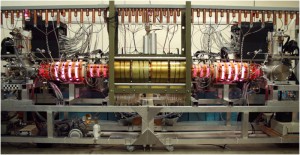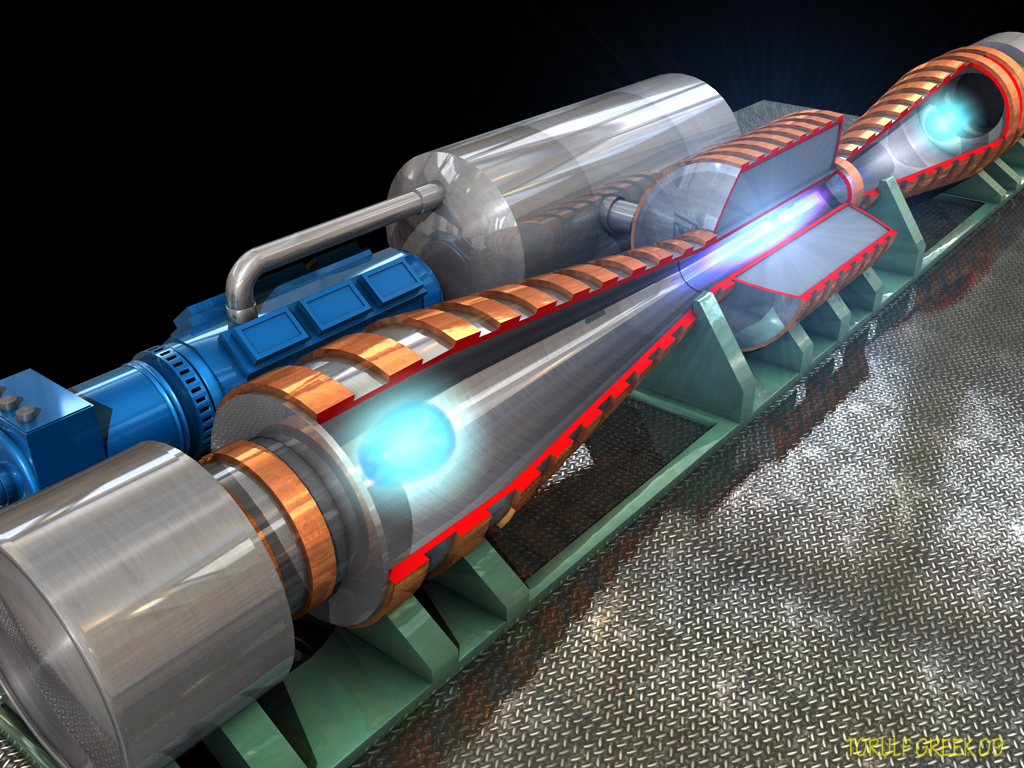
We would like to welcome Clean Tech Open semifinalist, Helion Energy to the Washington Clean Technology Alliance. Helion Energy, based out of Redmond, WA, is a startup company seeking to build a practical nuclear fusion system for commercial utility.
For some time now, an ideal future fueled by unlimited, affordable energy has been just a few years away. Eight years ago, the Helion Energy team started developing a significantly different approach to how we think about fusion energy. They pursued energy generation from a modestly sized reactor built in small modules, the goal being: design a small, compact, safe and commercially profitable fusion reactor. In 2010, Helion Energy successfully demonstrated their third prototype and validated their work with $5M in DOE funding and an IAEA award.
Based on recent breakthrough research, the Fusion Engine is the only demonstrated fusion energy source capable of producing both on demand and baseload power at low cost and with minimal environmental impact. With its pulsed magnetic field design, the Helion team may have found a niche in the fusion landscape: a reliable, affordable reactor that doesn’t require steam turbines or complex tritium systems.

In Helion’s reactor, electric currents flowing inside the plasma reverse the direction of a magnetic field that’s applied from the outside; the new, closed field that results effectively confines the plasma. “Compared to the tokamak and NIF, Helion’s reactor is relatively compact and low-cost,” says Richard Milroy, a physicist at the University of Washington who isn’t affiliated with Helion. “Utilities don’t need to invest billions for the first test reactor to see if things will work out.” Plus, he says, the plasma-formation area is separate from the burn chamber in Helion’s reactor, so its expensive components may last longer (Svoboda, Elizabeth. “Is Fusion Power Finally For Real?” Popular Mechanics).
They believe with about $35M in research and development funding they can demonstrate a full scale reactor as well as complete the engineering and design of a commercial power plant, with an additional $200M, by 2019.